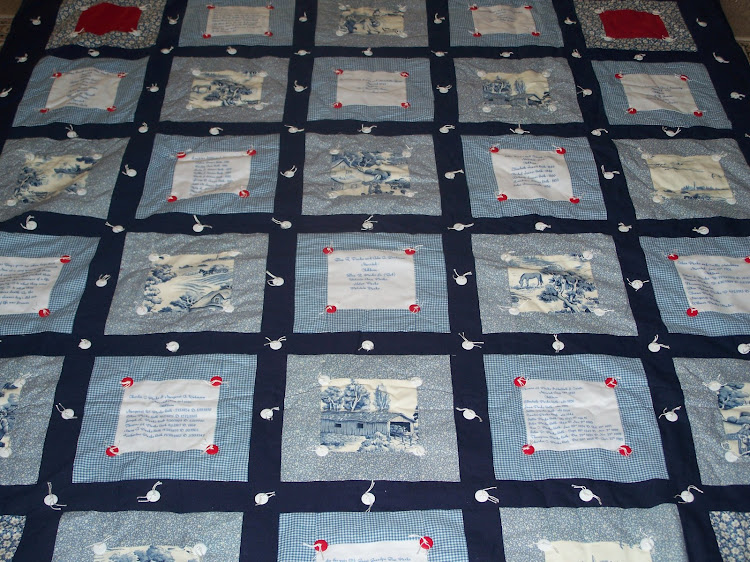Whether you just brought home a nursery-grown basket overflowing with mature growth or have finally decided your baskets or containers are ready to be set outside, don't rush it.
Tender new plants, even those mature-looking nursery grown specimens, need a little toughening up before they are ready to face the rigors of the real world. This process is known as hardening off and involves a physical toughening of plant tissues. It prepares plants for drying winds and wavering temperatures, the likes of which they never encountered in the greenhouses, stores, or your living room.
Hardening off is easy to do and takes only a few days and a little patience. Rather than setting out your basket and container and leaving them to fend for themselves, set them out in a protected place for about 1/2 hour the first day. the second day leave it out and hour or so. Double the exposure each day.
Over the years my children have given me the most
beautiful mothers day planters. Before I learned about hardening off, and in the joy of the moment I set those planter right out on the patio. It took just a few days for the plants to loose their blooms and all summer to save the plant, and sometimes the plants died. Ha ! most of the time they died; my local nursery loved me and all the money I had to spend to replace the plants. So please do not skip the hardening off step.
Container gardens live in an extremely
artificial environment. So for healthy happy plants be prepared to dole out a little pampering. Drying winds combined with exposed foliage and limited root space create a huge demand for moisture. Here are a few easy watering rules. Check for
moisture before you water. If you can push your finger into the soil an inch and still feel dampness, the basket or container can probably wait another day before watering. Wet soil can definitely wait, but dry soil needs water now. In general, more frequent watering is required for plants in small baskets and containers. In this unnatural environment all plants need more water than in their natural habitat. Use safe water don't use water treated by a water softener, water softeners use chemicals that are harmful to plants.
Life in a basket or container has its limitations and one of them is that the roots can't go out to eat. It's up to you to provide all their
nutritional needs. These needs vary with the seasons. During periods of active
growth, they eat like kids. During dormant periods
they fast. Knowing when, how, and how much to feed your baskets and containers is important, and there are lots of choices.
Don't fret - it's very basic stuff. More on this
tomorrow.
http://dragonfly.artfire.com
























